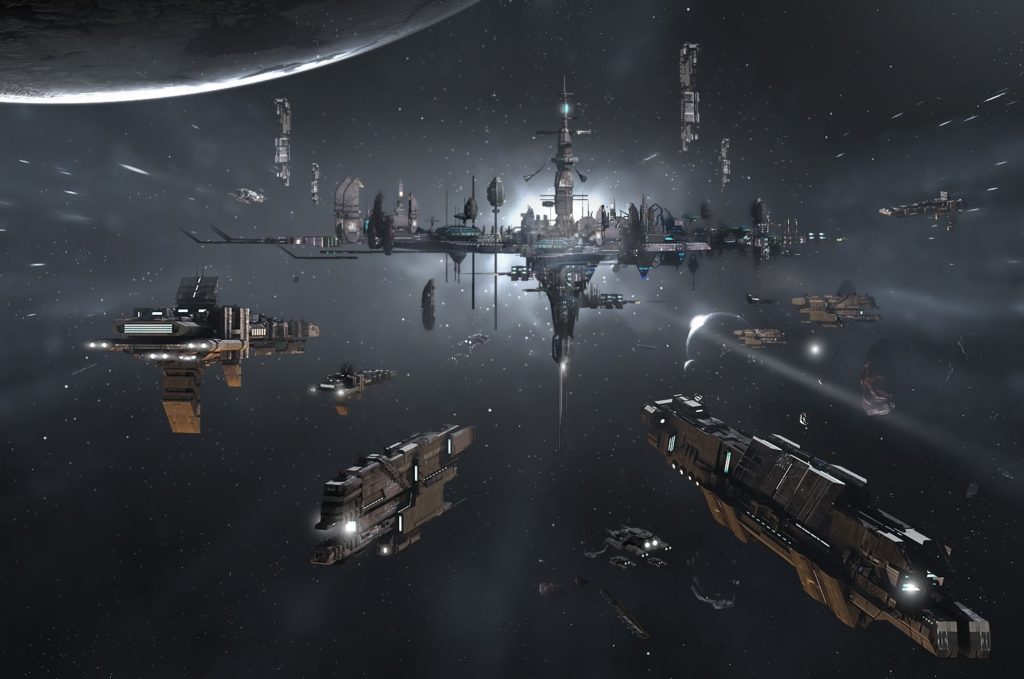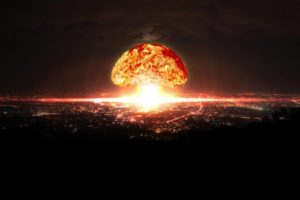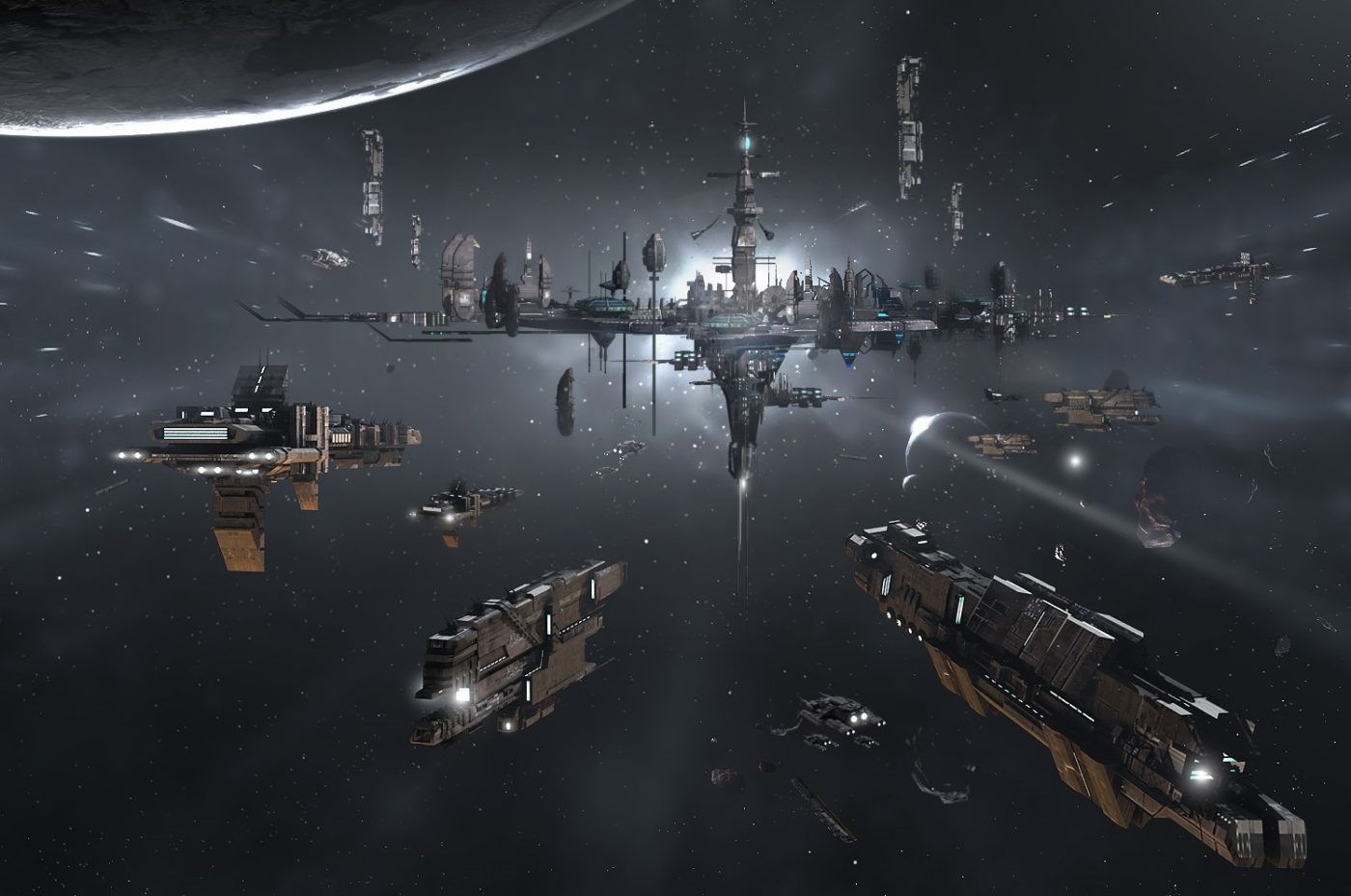
Most scientists and sociologists agree that where humanity is headed in the near future can be boiled down to three possibilities. The first and most desired possibility is the human race spreading outwards into space and eventually establishing a Galactic Empire. The next is that humans build right into the earth, neglecting space travel, utilising resources only available on our planet. The third and least desired possibility is that humanity ceases to exist, either due to a self-wrought apocalypse or a catastrophic disaster – cosmic or natural. Let’s take a closer look at these potential outcomes.

To Infinity and Beyond
Space flight has been the dream of almost every kid, who looks up at the stars and wonders what/who is out there. Some of the most popular pop culture references come from space sagas which have captivated millions – Star Trek and Star Wars, for example. The main premise these stories have in common is that humans invent interstellar travel and conquer the stars.
In 2013, it was reported that forty billion Earth-like planets existed, out of which eleven billion may be orbiting a Sun-like star; in the Milky Way alone. However, the biggest hurdle humanity faces is conquering a speed faster than light travel. At our current speed, it would take 84,000 years for our probes to reach the nearest star, Proxima Centauri. That is not a feasible timeline, as we cannot build ships with self-sustaining ecosystems for such an extensive period of time. Here, we enter the realm of hypothetical science.

Suppose we do figure out how to move faster than light travel. The first step would be to start mining the nearby asteroids and planets along with their moons. Once we have enough material to build a fleet, the next would be colonising the Solar System with numerous space stations and habitats. Subsequent probes would be sent to neighbouring star systems to search for signs of alien life and whether there are planets that can sustain human life.

Once suitable planets are found, humanity would start colonising them as well. If sentient life forms are encountered, they would either be decimated, or friendship would begin. This would further increase the speed of technological growth. Following this pattern, humans would spread exponentially throughout the galaxy, maybe encountering other life forms. If none are encountered, humanity would then take over the galaxy unhindered and bring about another period of prosperity for this already superior race, akin to what Isaac Asimov and numerous other science fiction writers have envisioned.
Eventually, the galaxy would get crowded as well, and we would look towards neighbouring galaxies. However, these galaxies are millions of times further away than stars. Also, they may have sentient life who have similarly colonised galaxies.

Could humans possibly take over another galaxy? For argument’s sake, say we do. From there on, another cycle of expansion and growth would begin, which would finally end with the colonisation of the entire known Universe. Would there be other Universes? Is it possible to reach them?
Back Into the Womb

It is also entirely possible that after humans invent space travel, they encounter a super-civilisation which has already conquered the galaxy. This could cause us to recede into the confines of our solar system. Once the avenues of space travel are closed, we could choose to migrate to the digital realm. With a sentient artificial intelligence taking care of a virtual reality entirely in the digital domain, humans could exist in a state of constant bliss in a world of their own choosing inside the confines of the virtual realm.
The theory for mind/consciousness uploading to technology is already present. It is highly possible that in the future, the science is perfected. People could choose to exist as digital entities solely and could have numerous clones or versions of themselves. Eventually, due to the passage of time, all the minds in the digital space could meld into a single entity which would exist for an indefinite period of time, being the final mark of humanity on the Universe.

Conversely, as interstellar travel is not an option, the space program would be neglected. As a result of this, innovation would terminate in that field, leading to stagnation, and eventually, people would forget how to build spaceships altogether. As space stations and various colonies in the Solar System are abandoned, humanity would revert to a single planet civilisation. Innovation and research would grind to a halt, humans would begin to forget what lies beyond the skies. Soon, through incurable plagues, small-scale wars and the relentless march of time, the population would start to dwindle, and eventually, hundreds of centuries later, the human race would finally cease to exist.
Humanity’s Untimely Demise
The most dreaded future for humanity, and currently the one with the greatest chance of occurring. There are numerous ways humanity could end in the coming centuries. Regarding natural catastrophes, the Earth is due for an ice age within 1,500 years. If it is severe, it could disrupt travel, ecosystems, food production and cause widespread damage to human infrastructure.

Furthermore, scientists have predicted that the possibility of a supervolcano (located in Yellowstone National Park) erupting is higher now than in the past few centuries. An eruption like this would coat the atmosphere in a thick layer of toxic ash, which could result in most flora and fauna dying out while damaging the human framework. It would also cause tsunamis, which would be felt throughout the world, and all the coastal cities could suffer irreparable damage.

The greatest natural threat to the Earth is not from the planet itself but outer space. Solar storms from coronal mass ejections (CNE) could be the single greatest threat to humanity. There is almost no way to predict accurately when they take place, and no technology exists to protect ourselves from them.

However, the most devastating catastrophes could actually be manmade in nature. A genetically modified supervirus could cause a worldwide pandemic, which has been portrayed by numerous video games and movies. Worse still, the most calamitous future for humanity would be a nuclear apocalypse. A nuclear war would render the world sterile and would effectively end all life on the planet with no hope of recovery.

In the midst of all this doom and gloom, humanity has reached much further than anyone in the past would have ever imagined. Instead of waiting decades for the next significant invention, we now innovate every year. With new materials, techniques and ideas being discovered at an increasingly rapid pace, we are now closer than ever to reaching the stars. We are at that crucial juncture, where we start the metamorphosis from a single planet civilisation to a multi-planet civilisation.
Written by Neil Sequeira for MTTN

Leave a Reply
You must be logged in to post a comment.